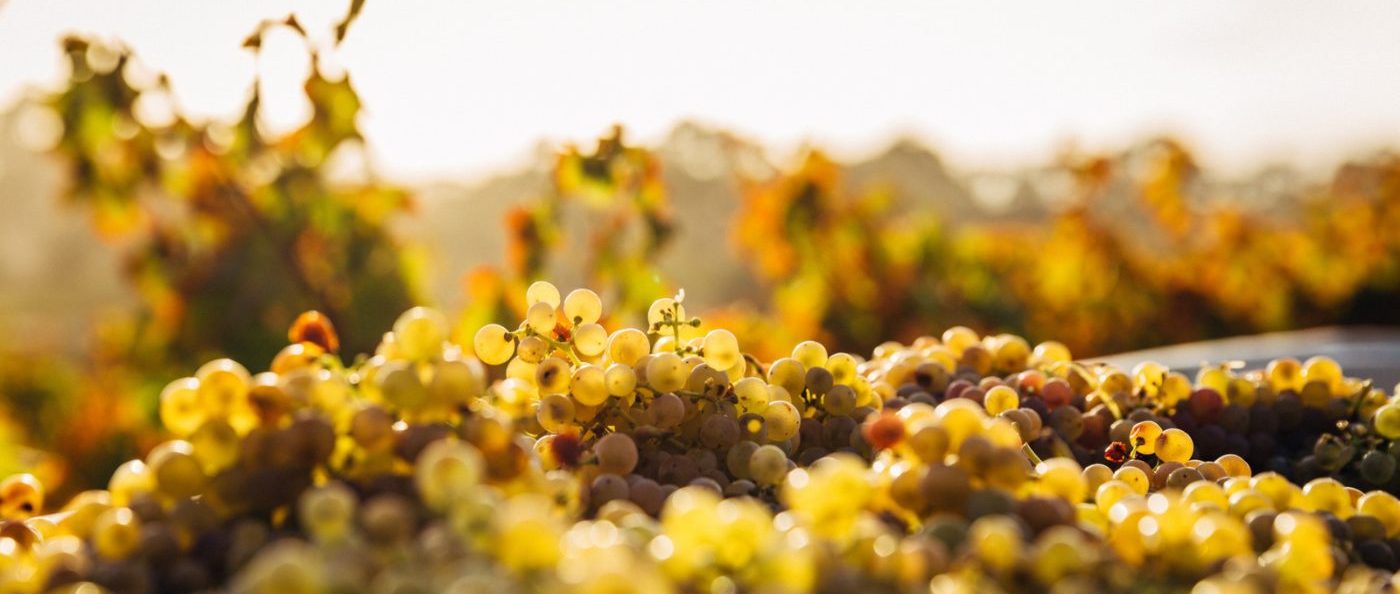Pairing natural wine with food is a delicate art that requires an understanding of the subtle nuances and complexities of each individual wine. Natural wines are made from organic grapes, meaning they are grown without the use of synthetic fertilizers or pesticides, and contain no additives. This means there will be more variation in flavor between different bottles because it’s impossible to control for all environmental variables. Each type has its own characteristics, so you’ll need to find out which styles best suit your taste before attempting any pairings. Read on to learn more about the art of natural wine pairing.
What is Natural Wine?
While the term is not legally defined in the US yet, there are two main factors that characterize natural wine, both in the vineyard and the cellar. First, the growing process: with the exception of some wines made with organic grapes, conventional wine is made with grapes that have been sprayed with synthetic pesticides or herbicides. Conversely, natural wine is made with grapes not treated with any synthetics. The second factor is the actual wine-making process. Conventional wine has typically been heavily fined or filtered and usually contains sulfites and dozens of different additives. On the other hand, natural wine is made in an old-school way — using little or no sulfites, no additives, and minimal fining or filtering. That’s the reason why many natural wines have a cloudy appearance or contain sediment.
Why Drink It?
If you’ve ever had a little too much natural wine, you’ll know that you feel significantly better the next day than if you’d consumed a comparable amount of conventional wine. That’s because natural wine has less hangover-inducing sugar and more healthy bacteria than conventional wines, not to mention the lack of sulfites and additives, which are overwhelmingly unregulated in the US.
Natural wines are also significantly better for the environment since they do not require chemical inputs such as fertilizers, pesticides, or herbicides to grow grapes on a large scale. Most importantly, it tastes amazing!

Pairing Notes
Because every natural wine is different, it can be tough to know what each bottle tastes like before trying it. Especially since a lot of natural wines have that “funkiness” that can be quite hit or miss with different people. The best thing to do is to find an expert at your local wine shop whose taste you agree with — but if that’s not possible, it’s helpful to know that natural wine is more flexible for pairing than conventional wine. Instead of pairing a specific blend of wine and a food, like a Cabernet Sauvignon with a bowl of spaghetti bolognese, you can think about natural wine pairings like general guidelines.
Raw Foods
While natural wine is typically quite drinkable, it’s also bold enough that it’s best served with raw, uncomplicated, or minimally-seasoned foods. Think raw seafood like oysters and fish, or even beef crudo.
Vegetables
Because of its drinkability, natural wine pairs well with lighter dishes that let simple flavors and seasonal produce shine. Think flavorful farmer’s market vegetables like beets and carrots, tomatoes and radishes — items that complement the wine’s inherently earthy flavor.
Anything Grilled
That earthy flavor also holds up well against anything grilled. If you can find a slightly effervescent wine, the bubbles make a fantastic complement to anything charred, simultaneously cutting through and enhancing the smoky flavor of the grill.
So there you have it. If you’re looking for a new way to enjoy your wine without the artificial and harmful substances, natural wine might be perfect for you! And don’t worry — if things go bad after one glass of natural wine, we won’t judge. We love experimenting too! Now get out there and try something new tonight.





